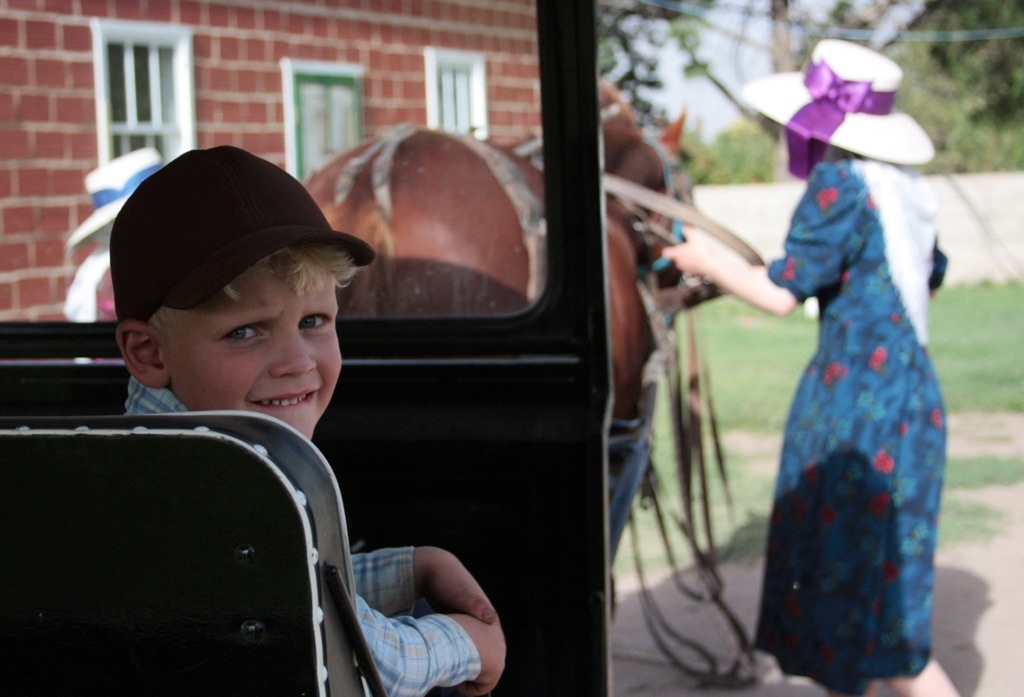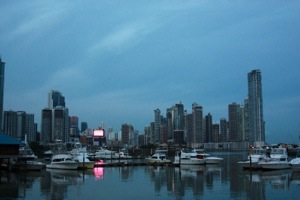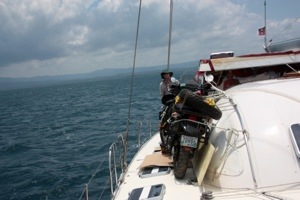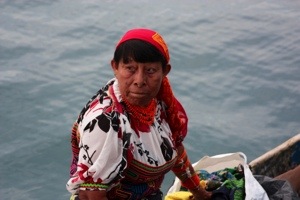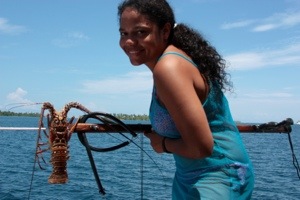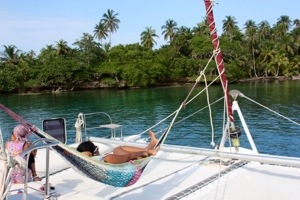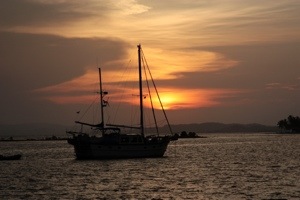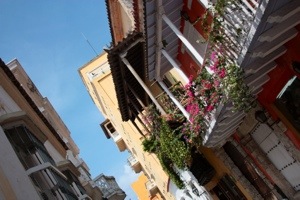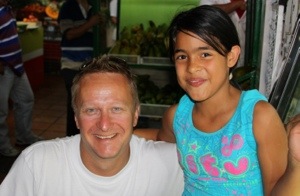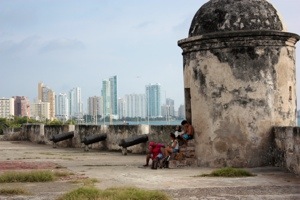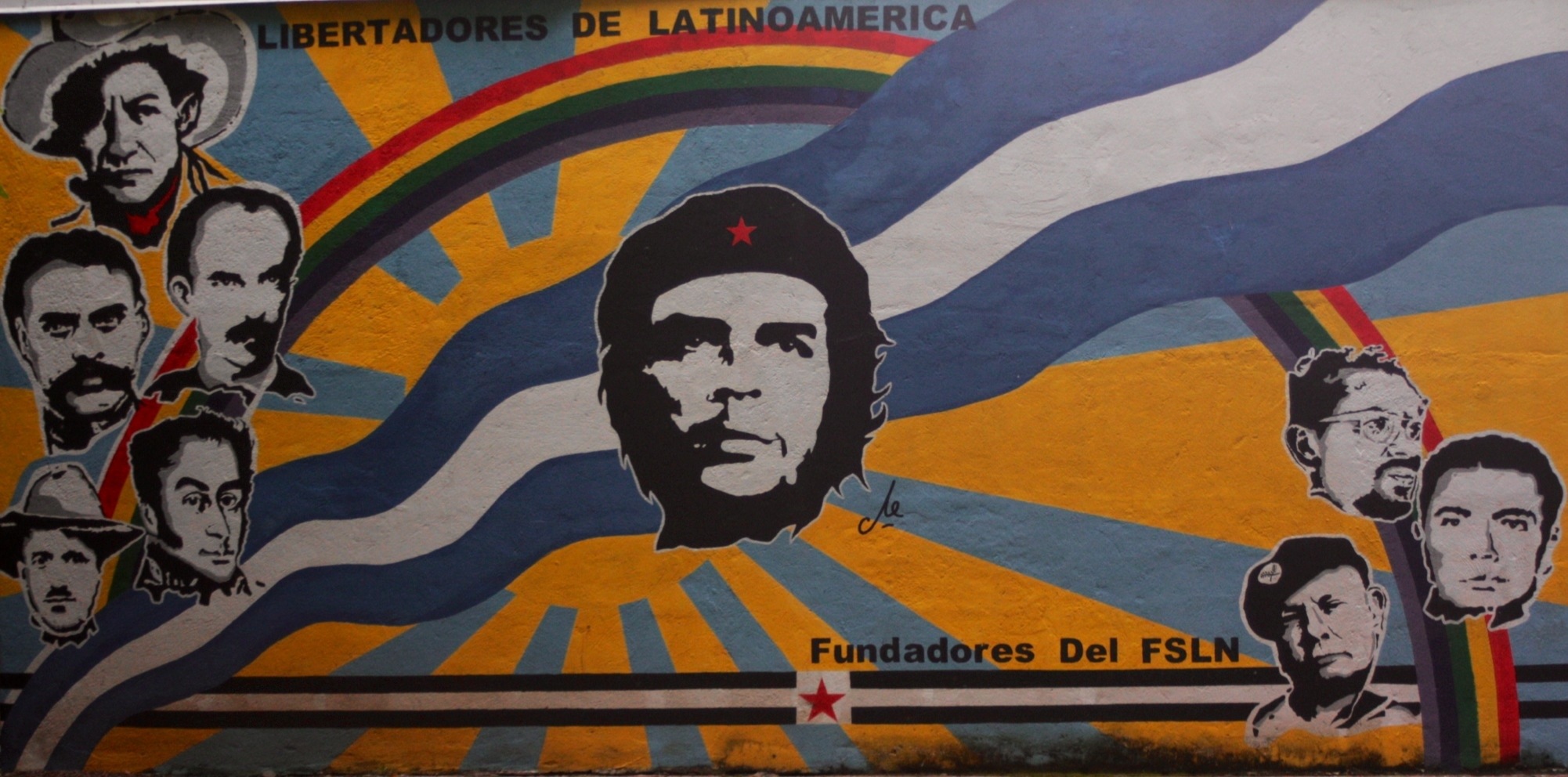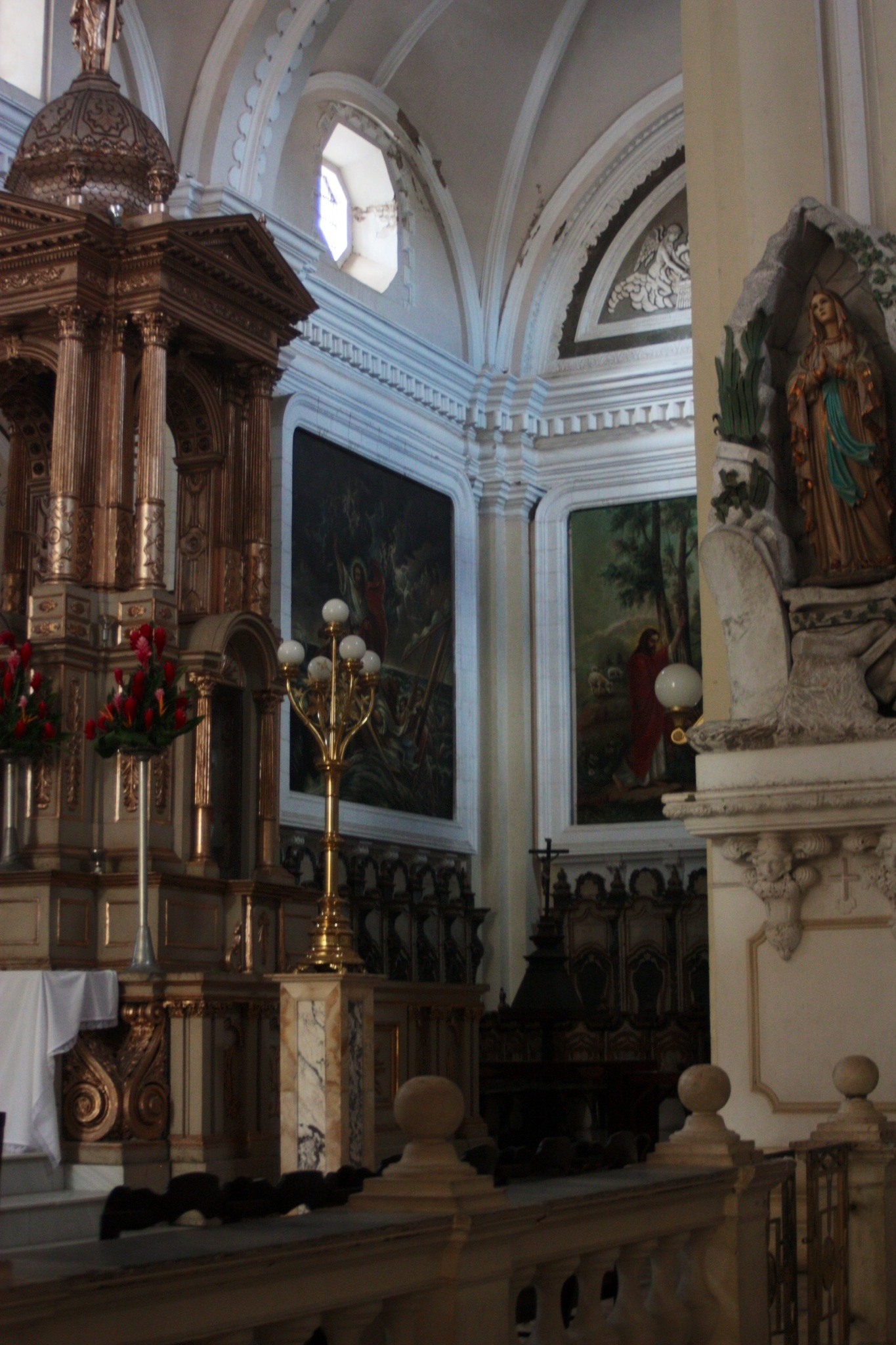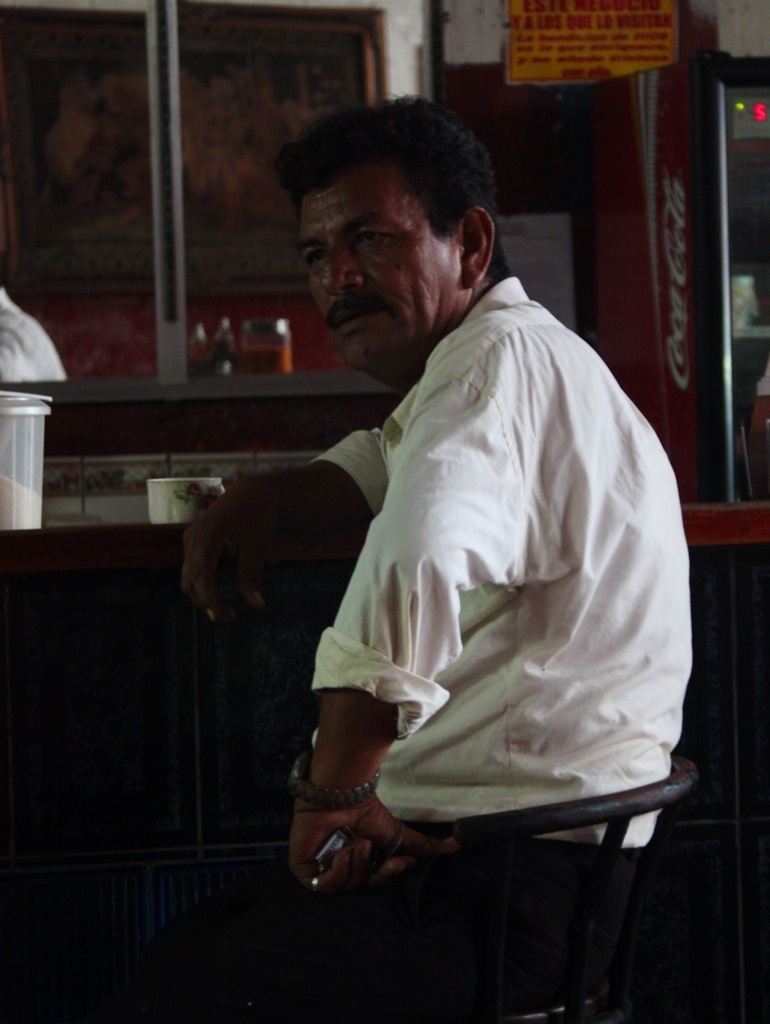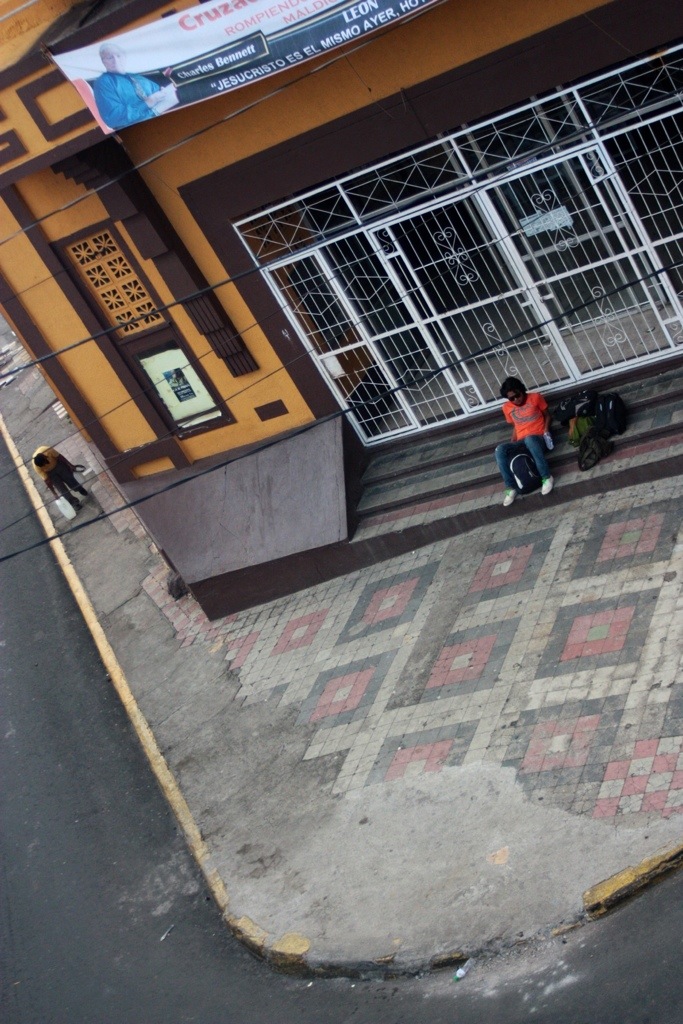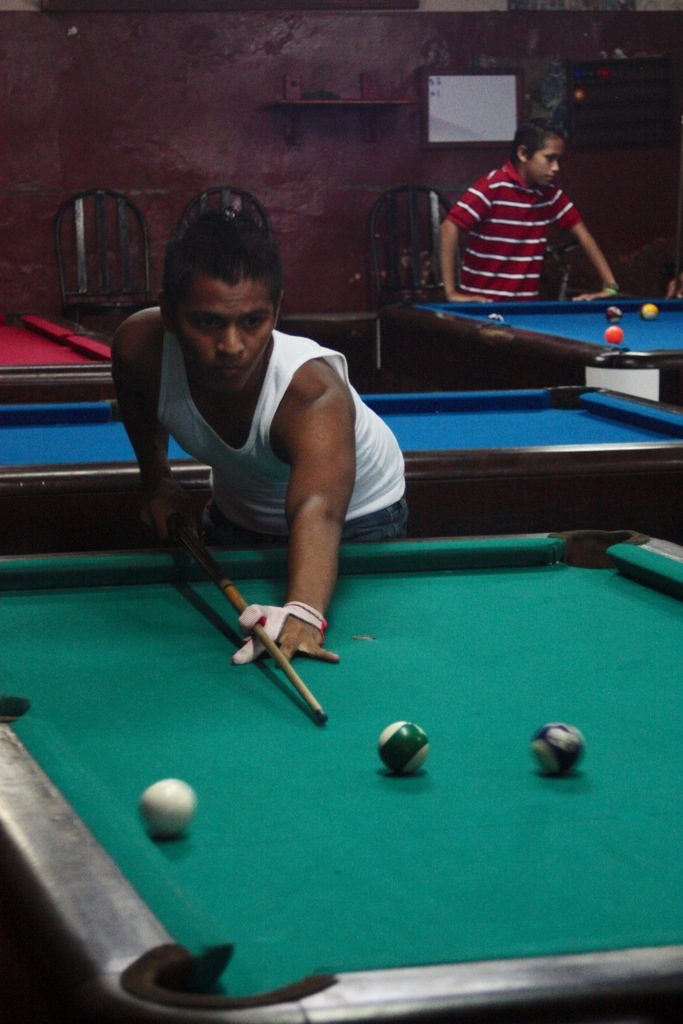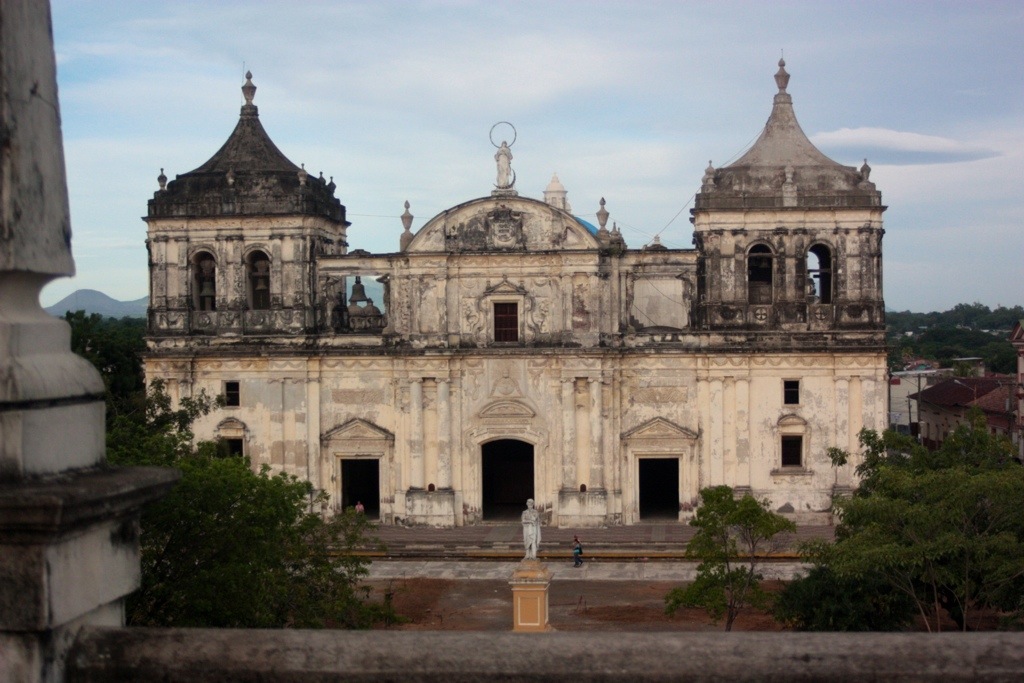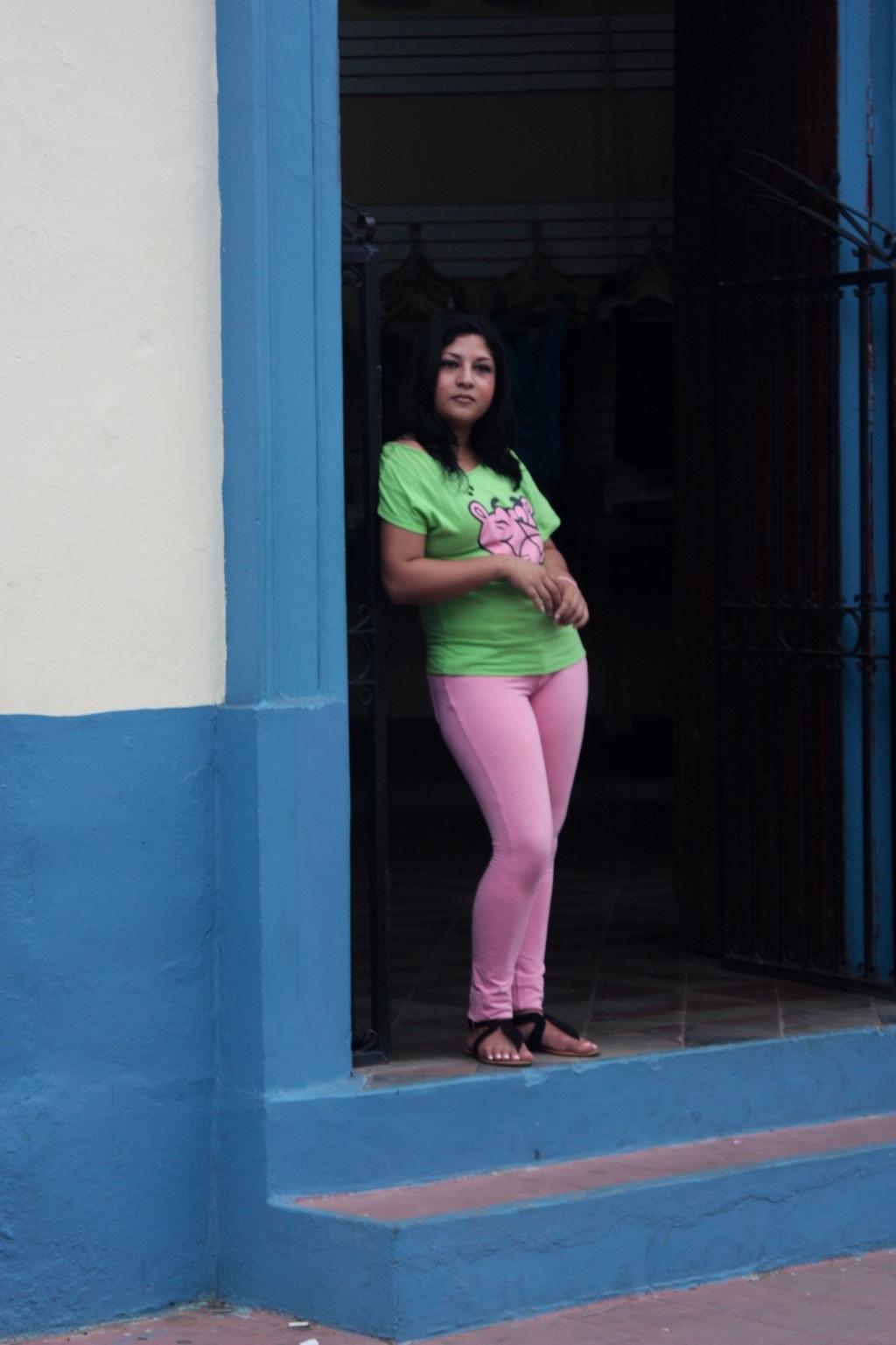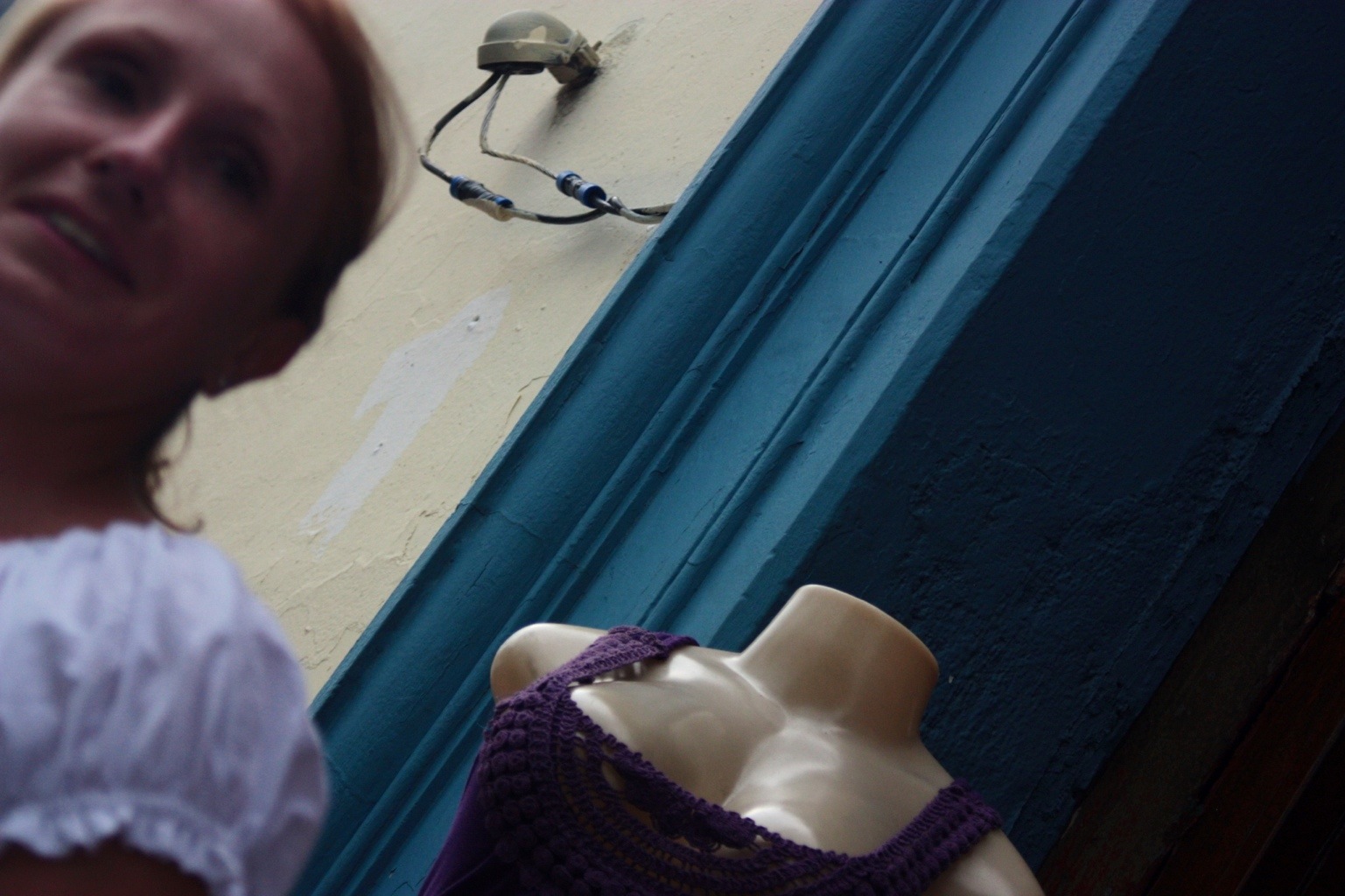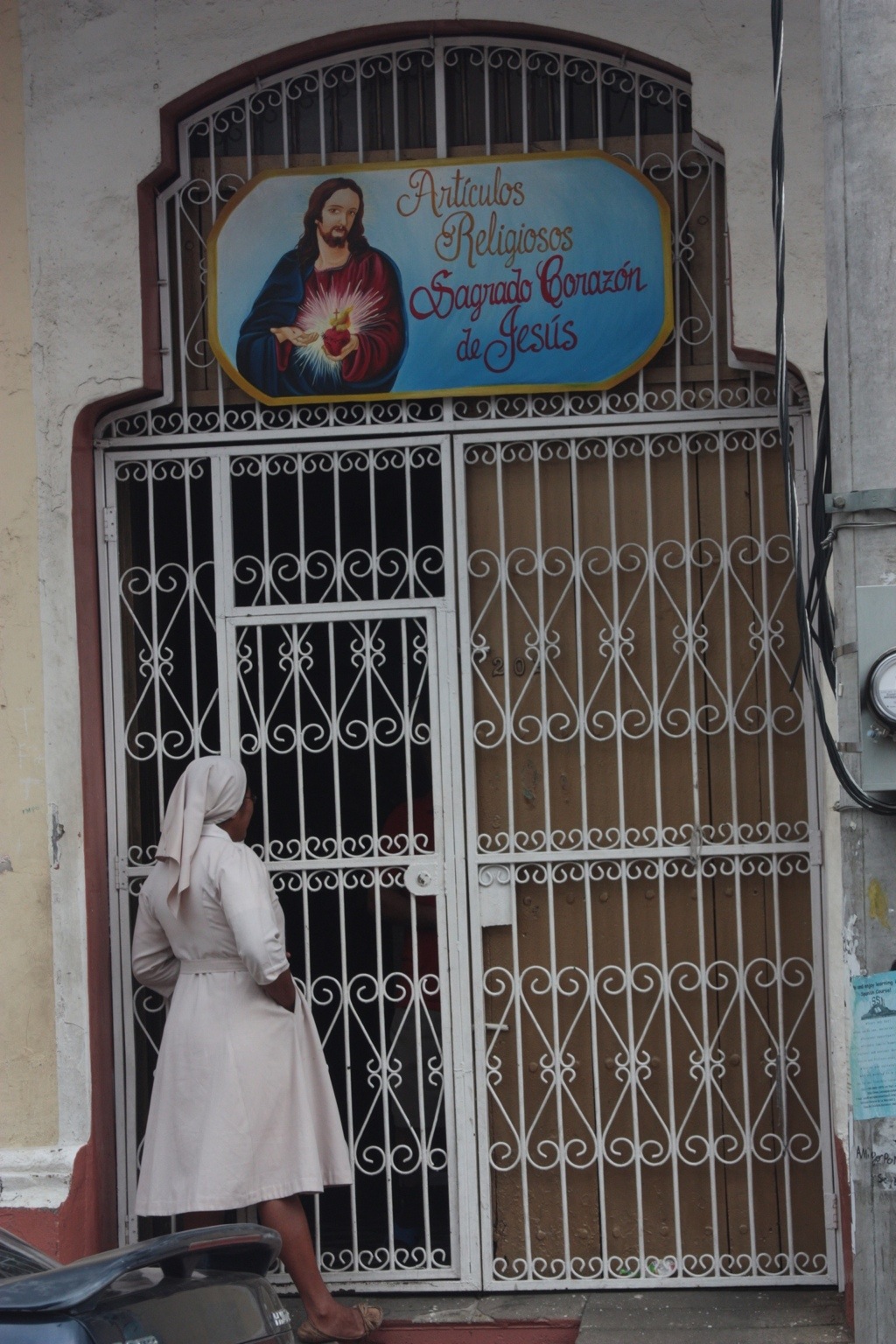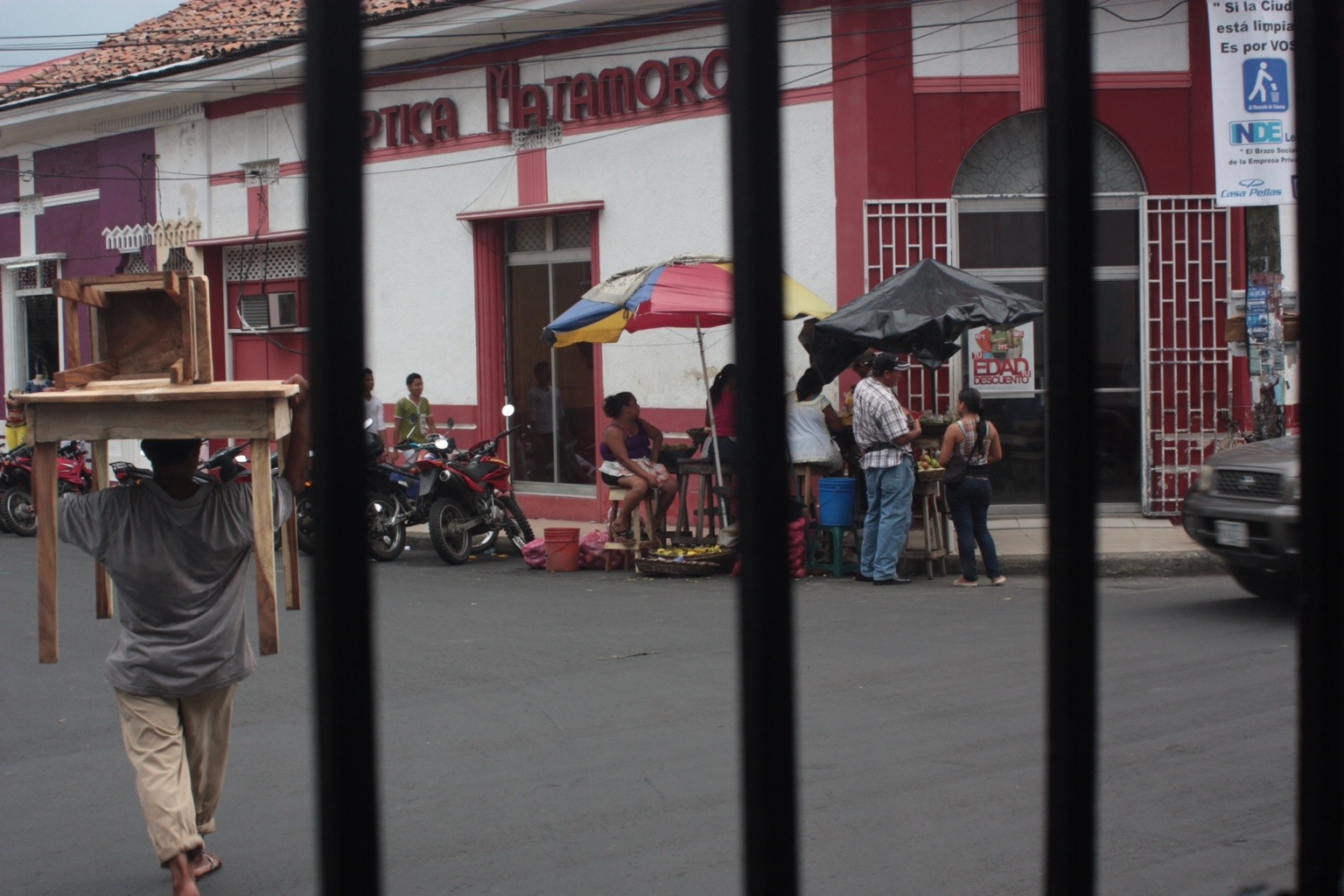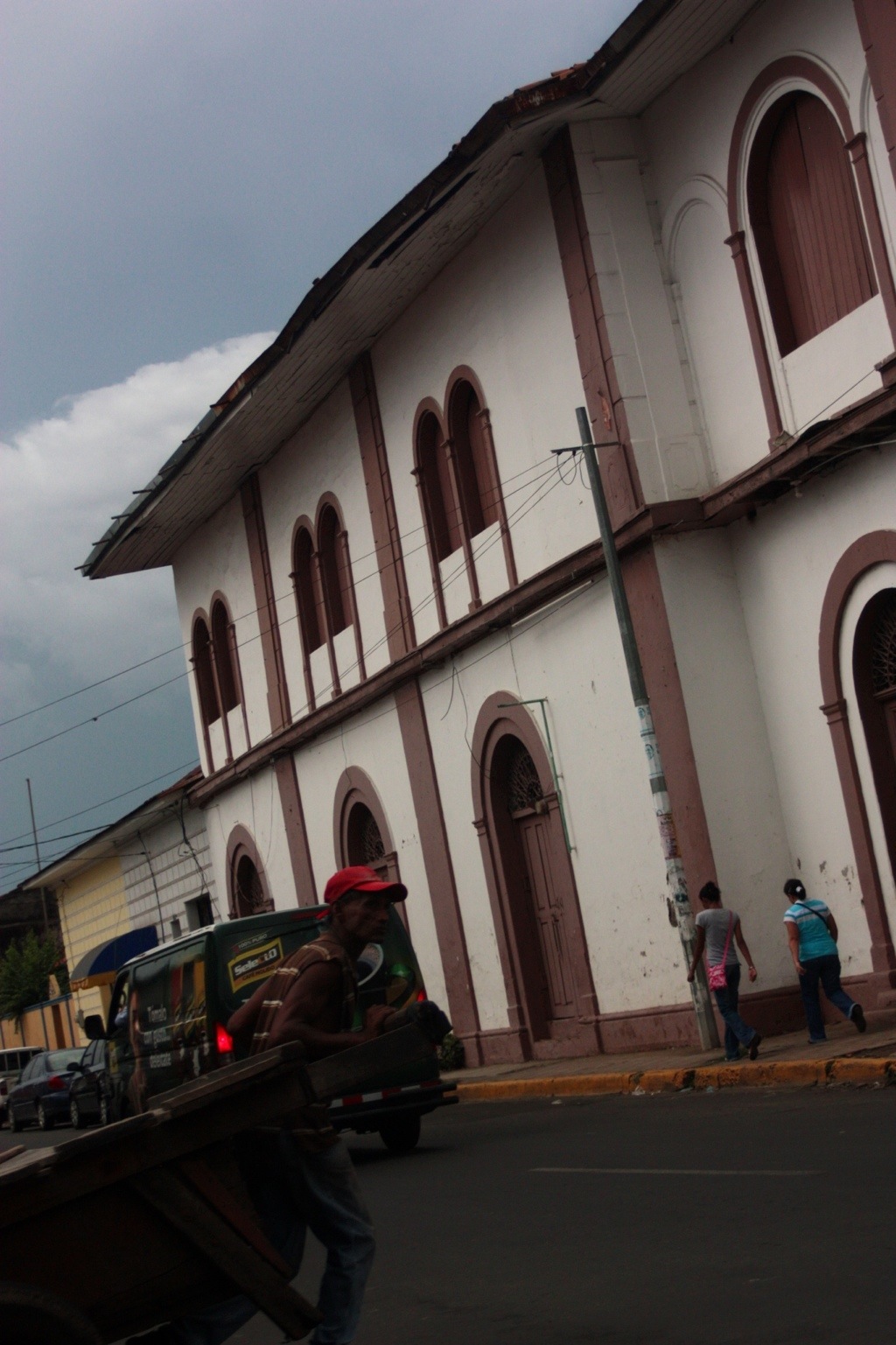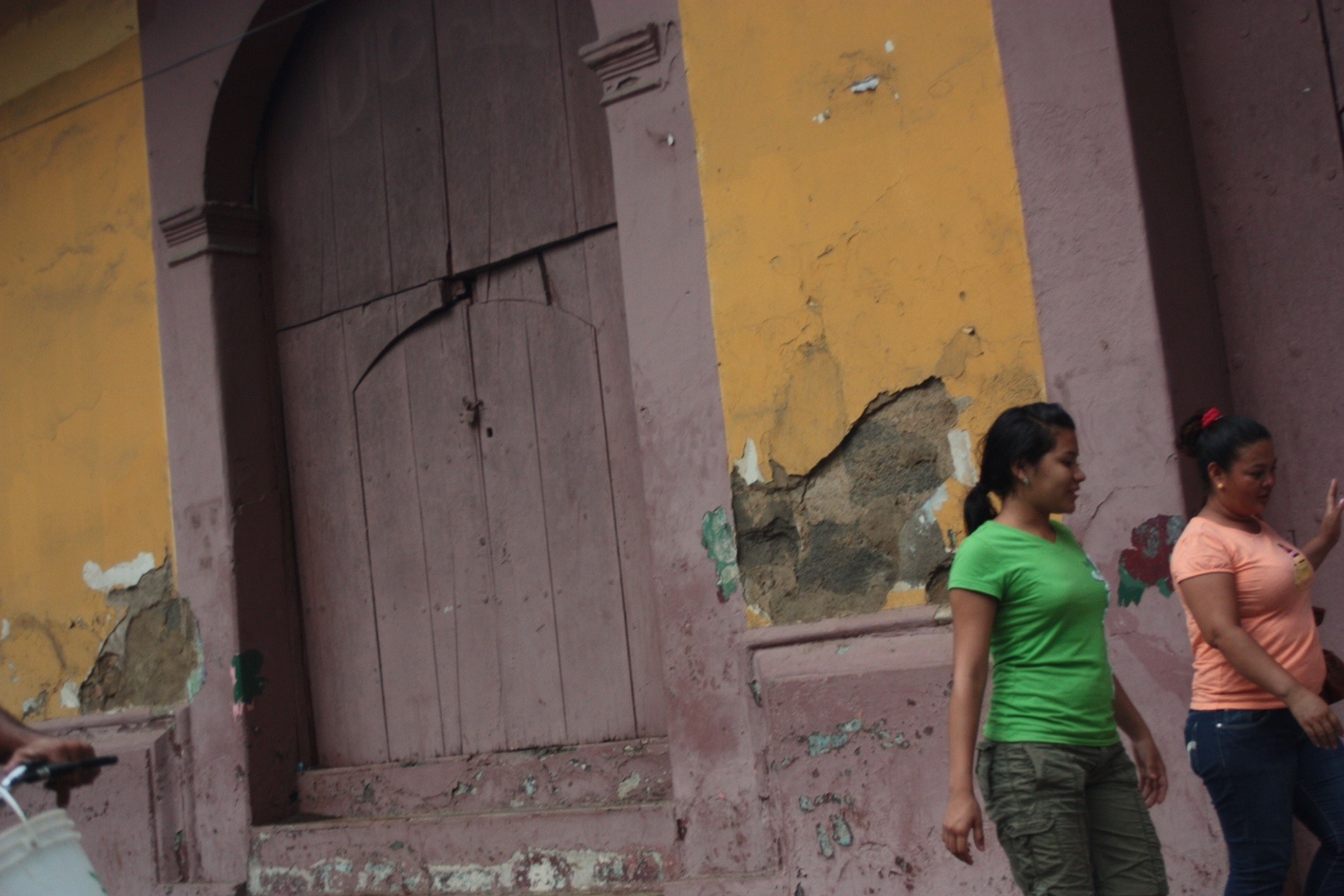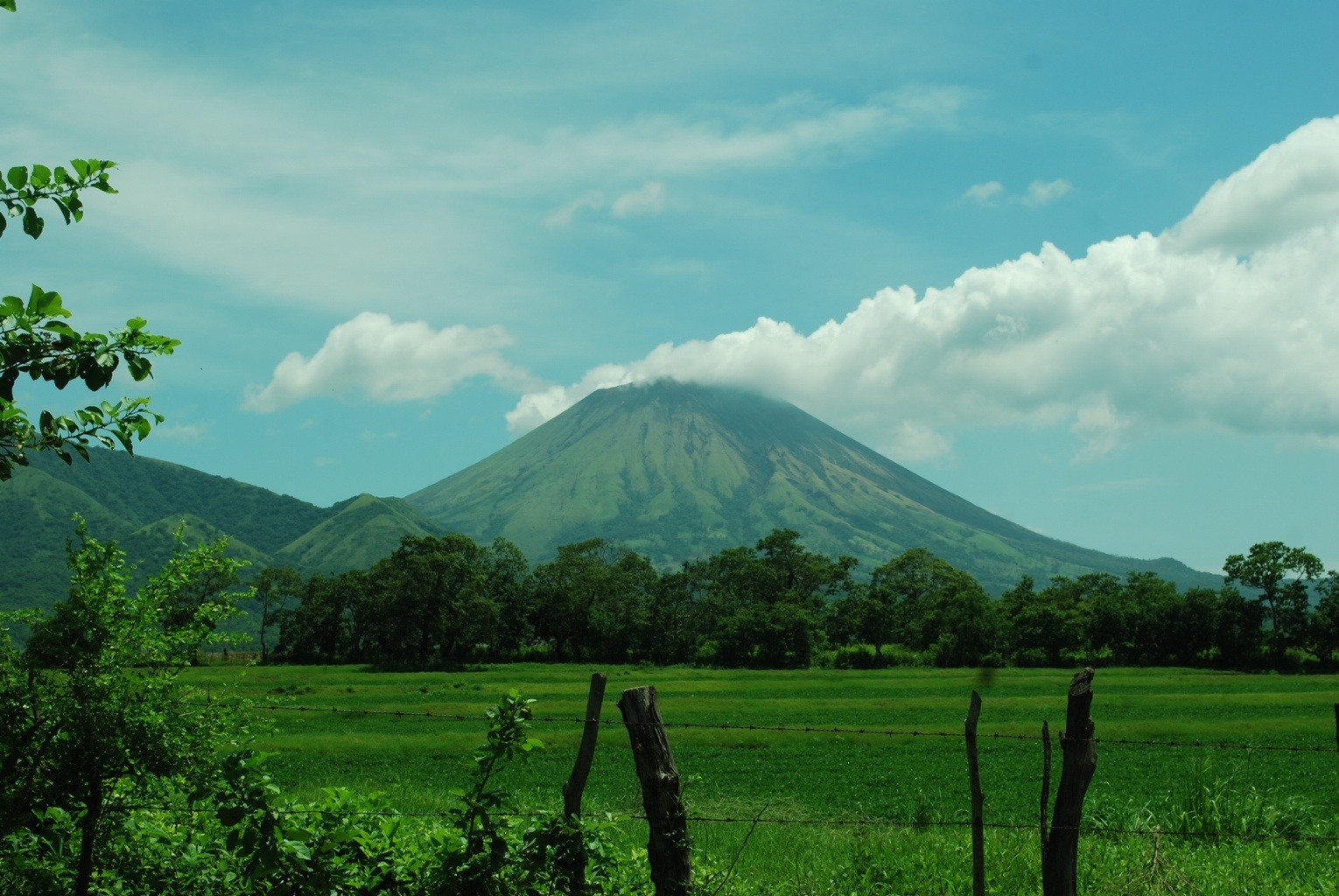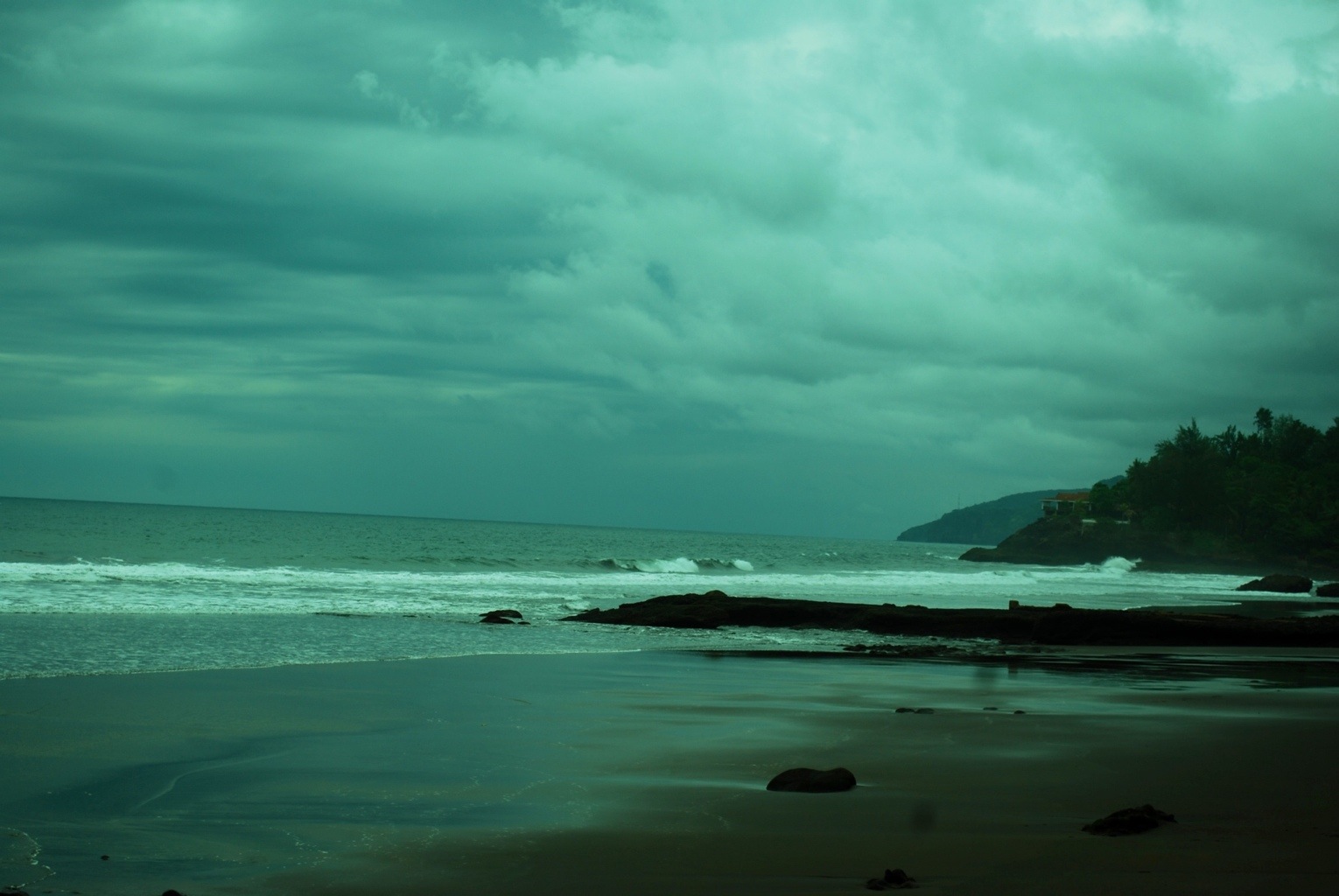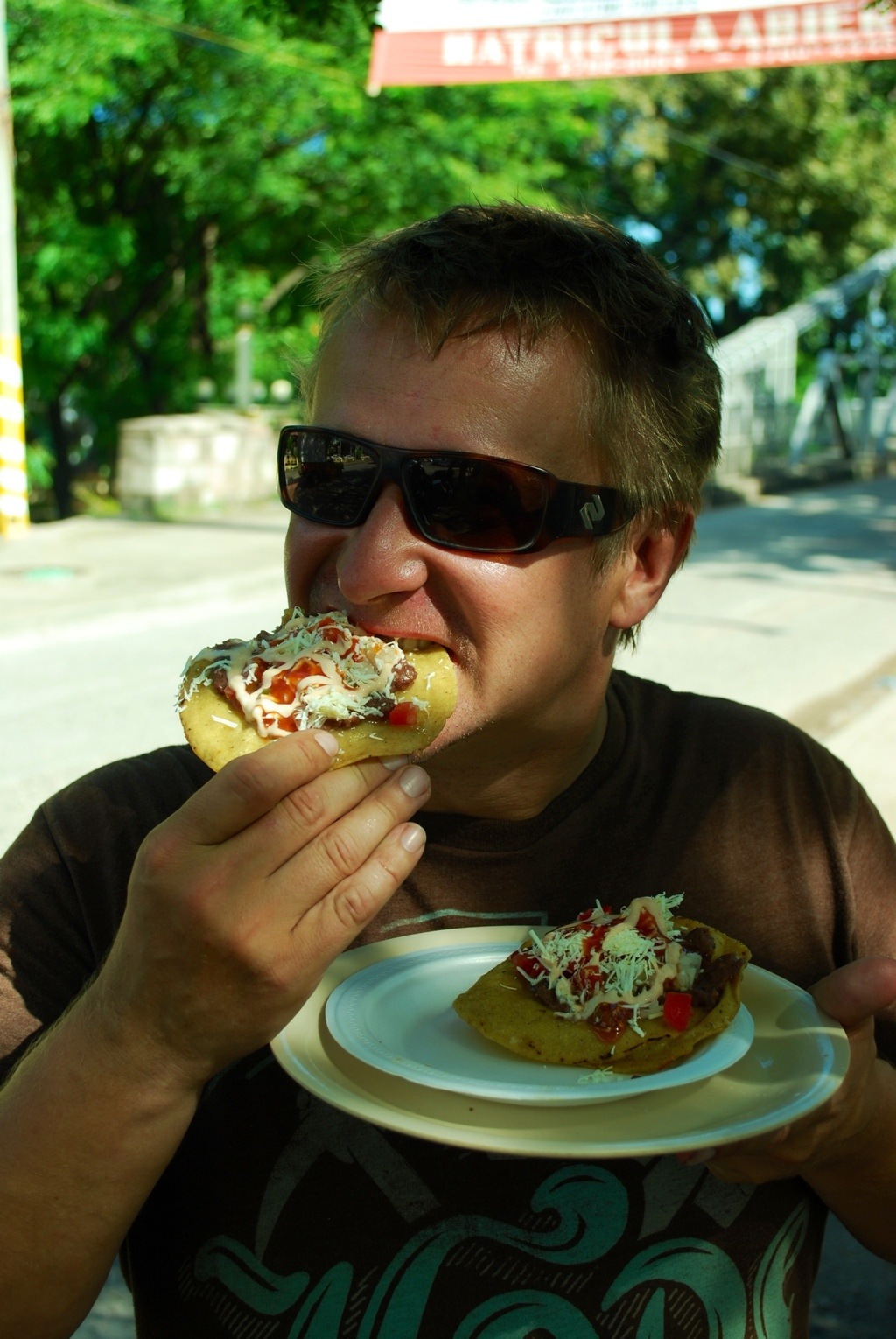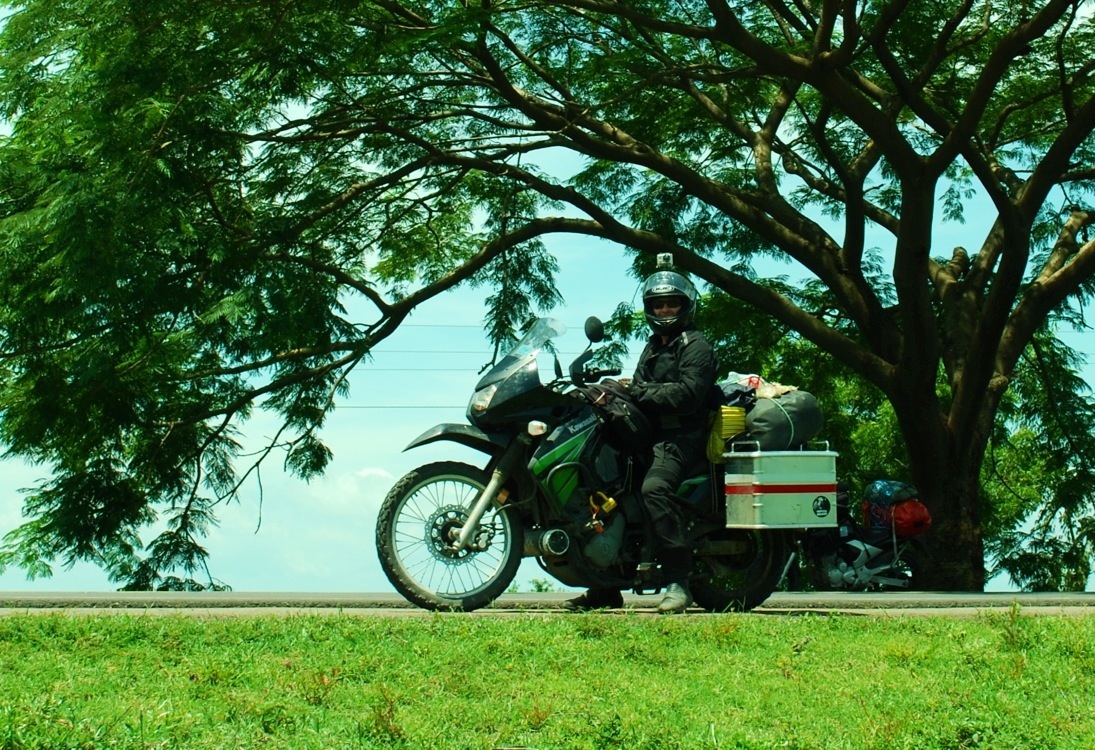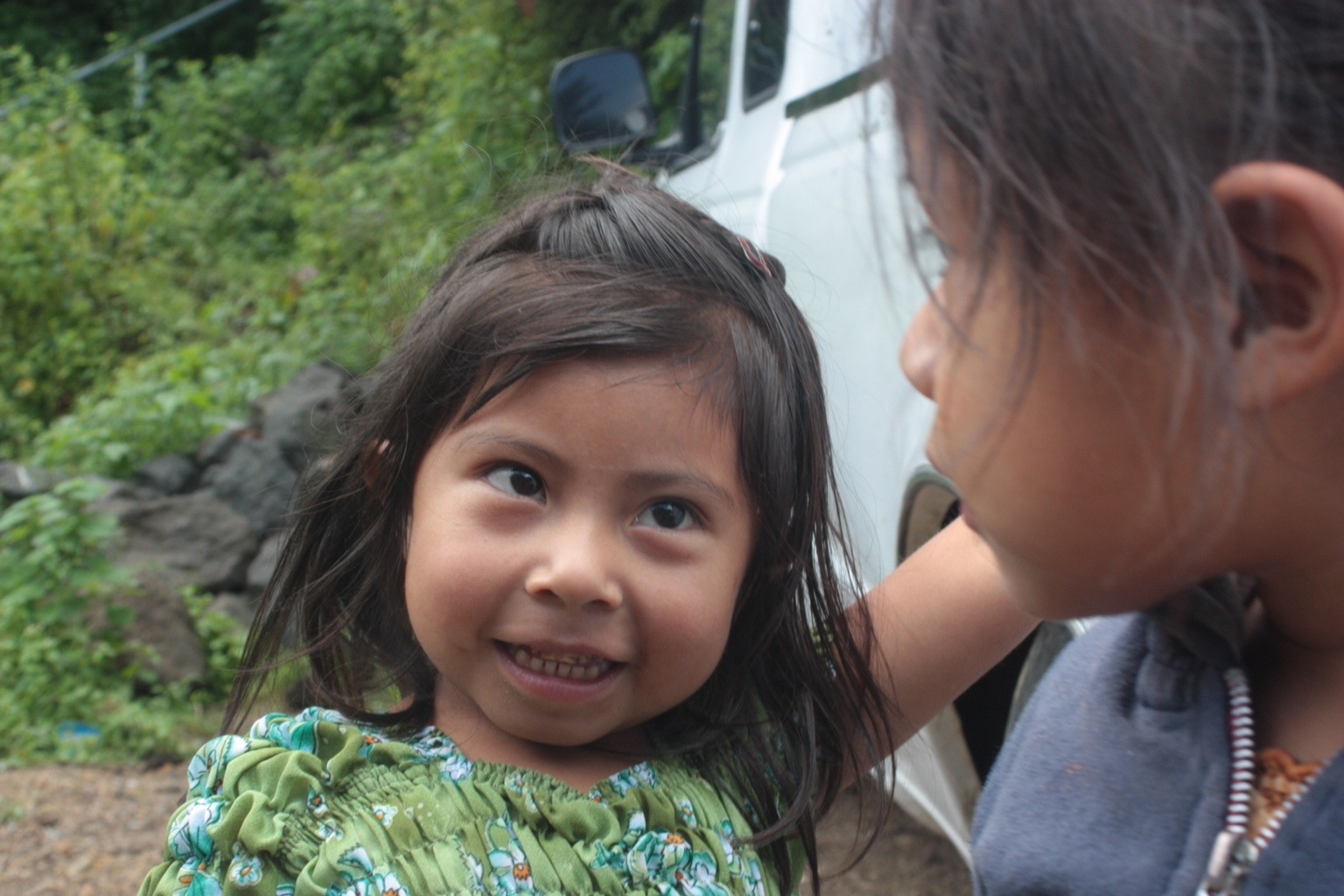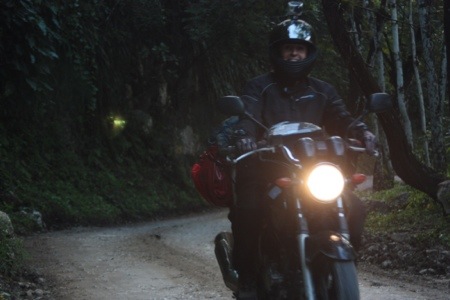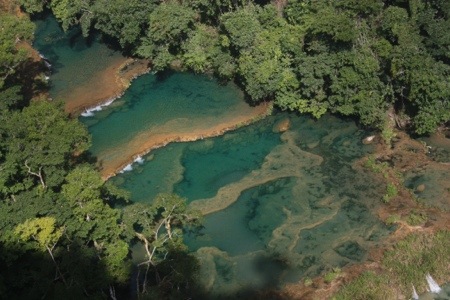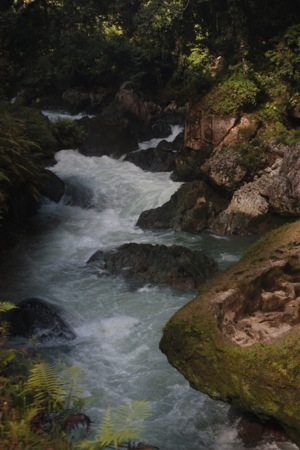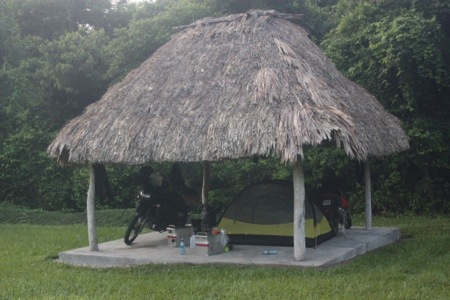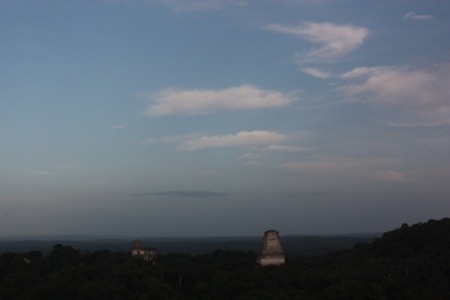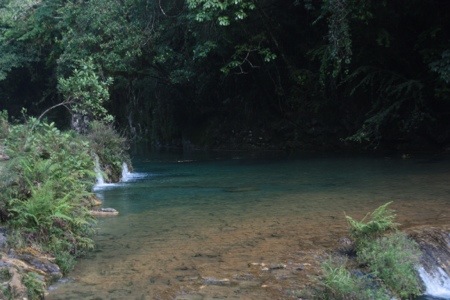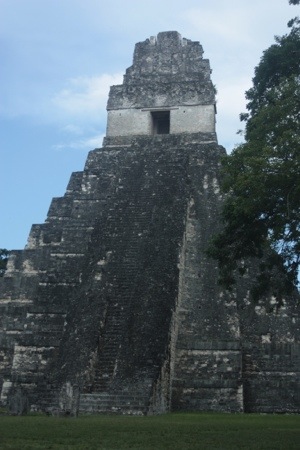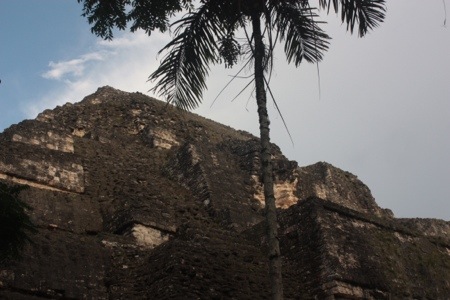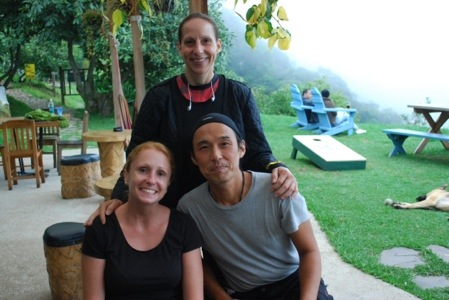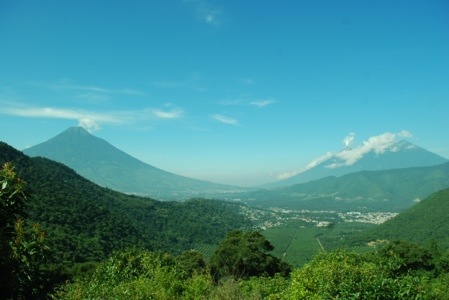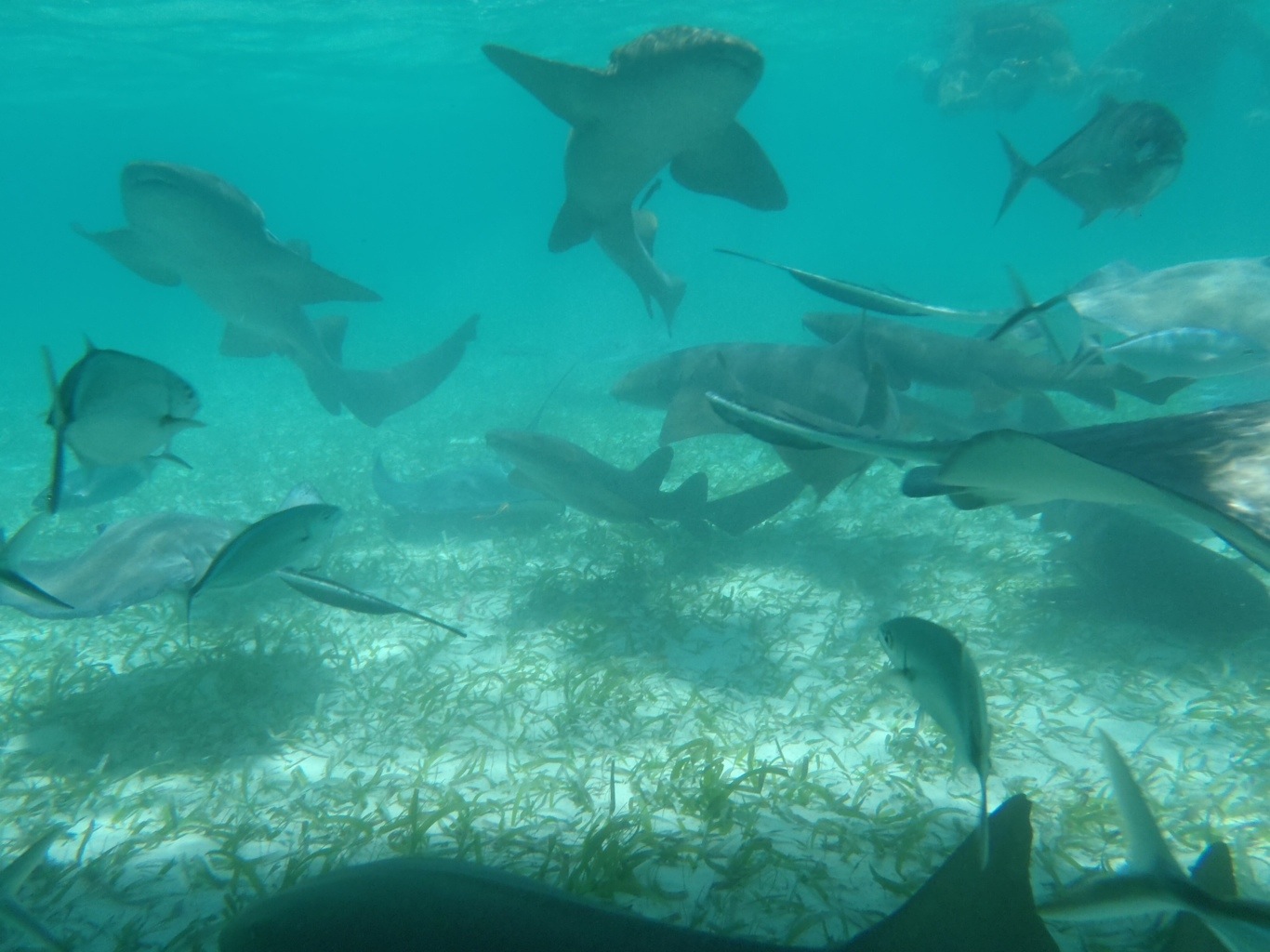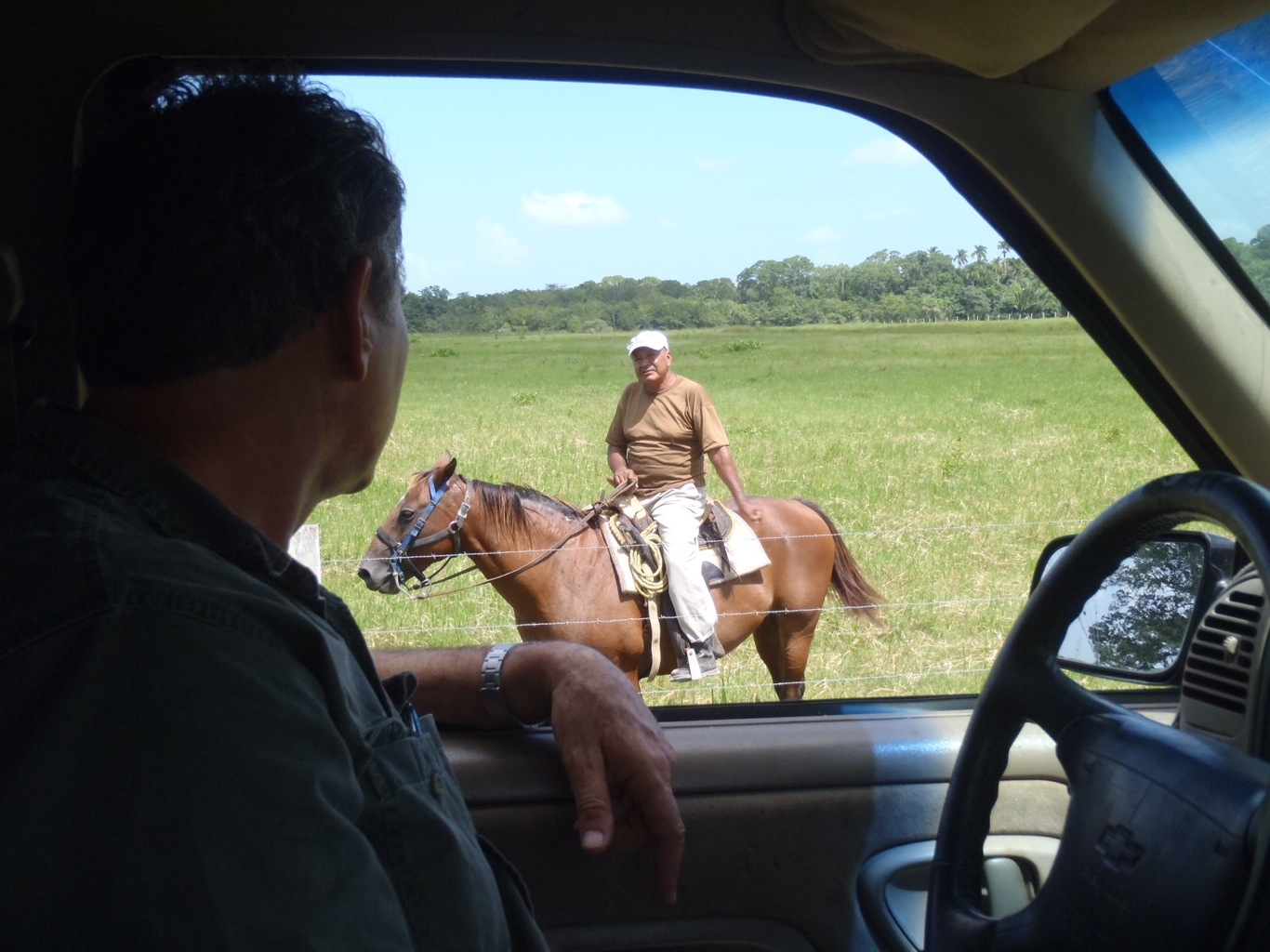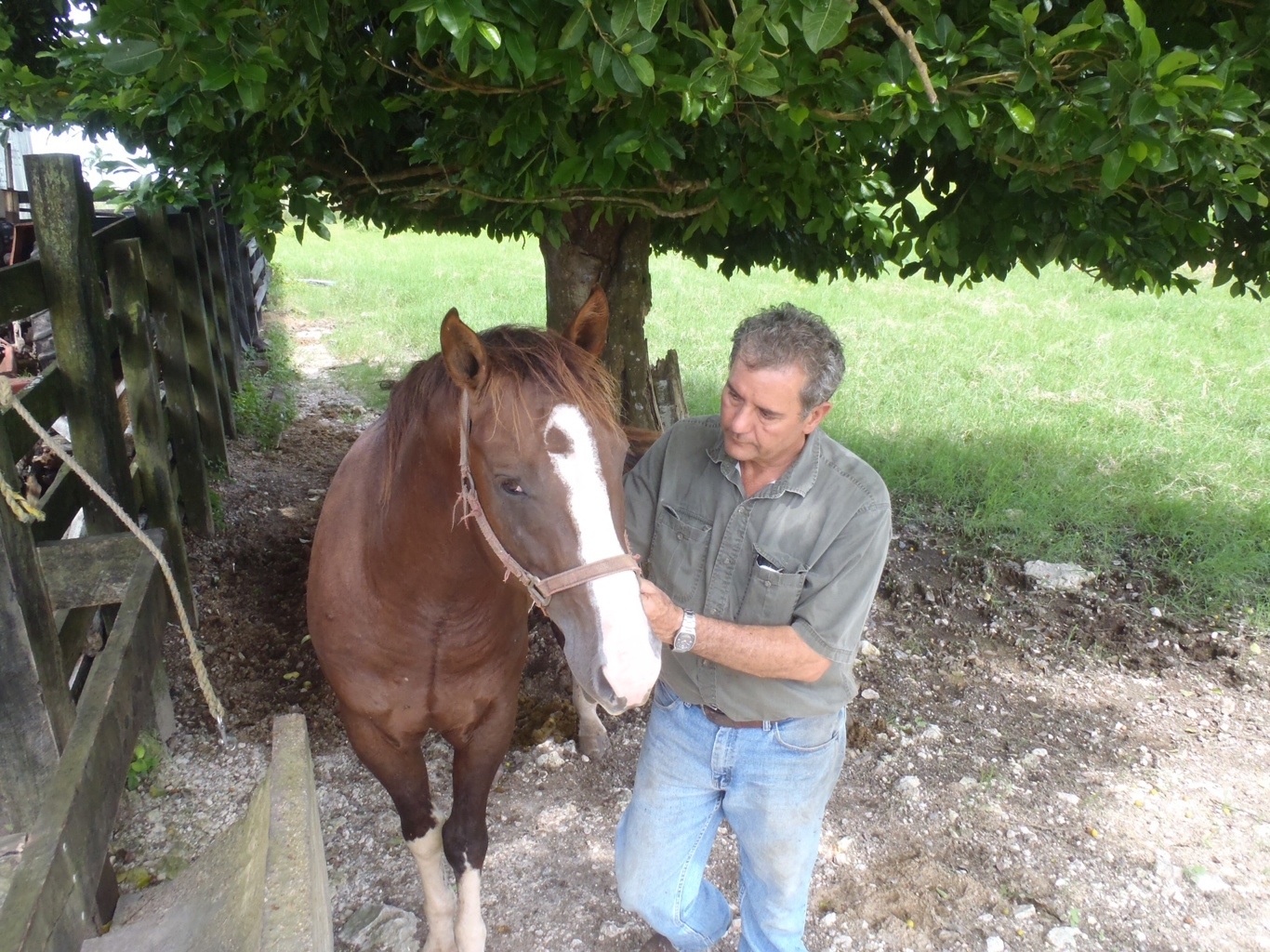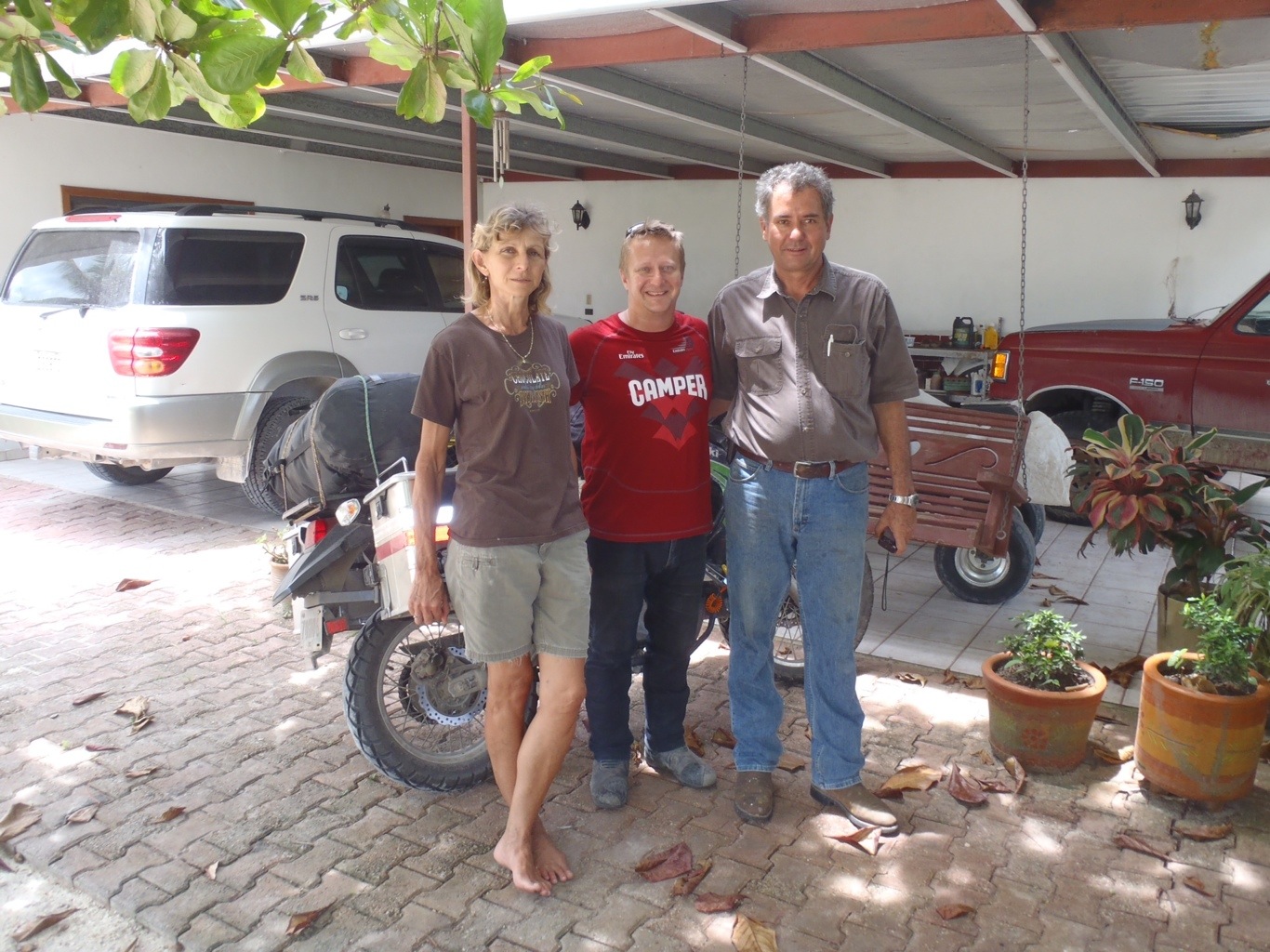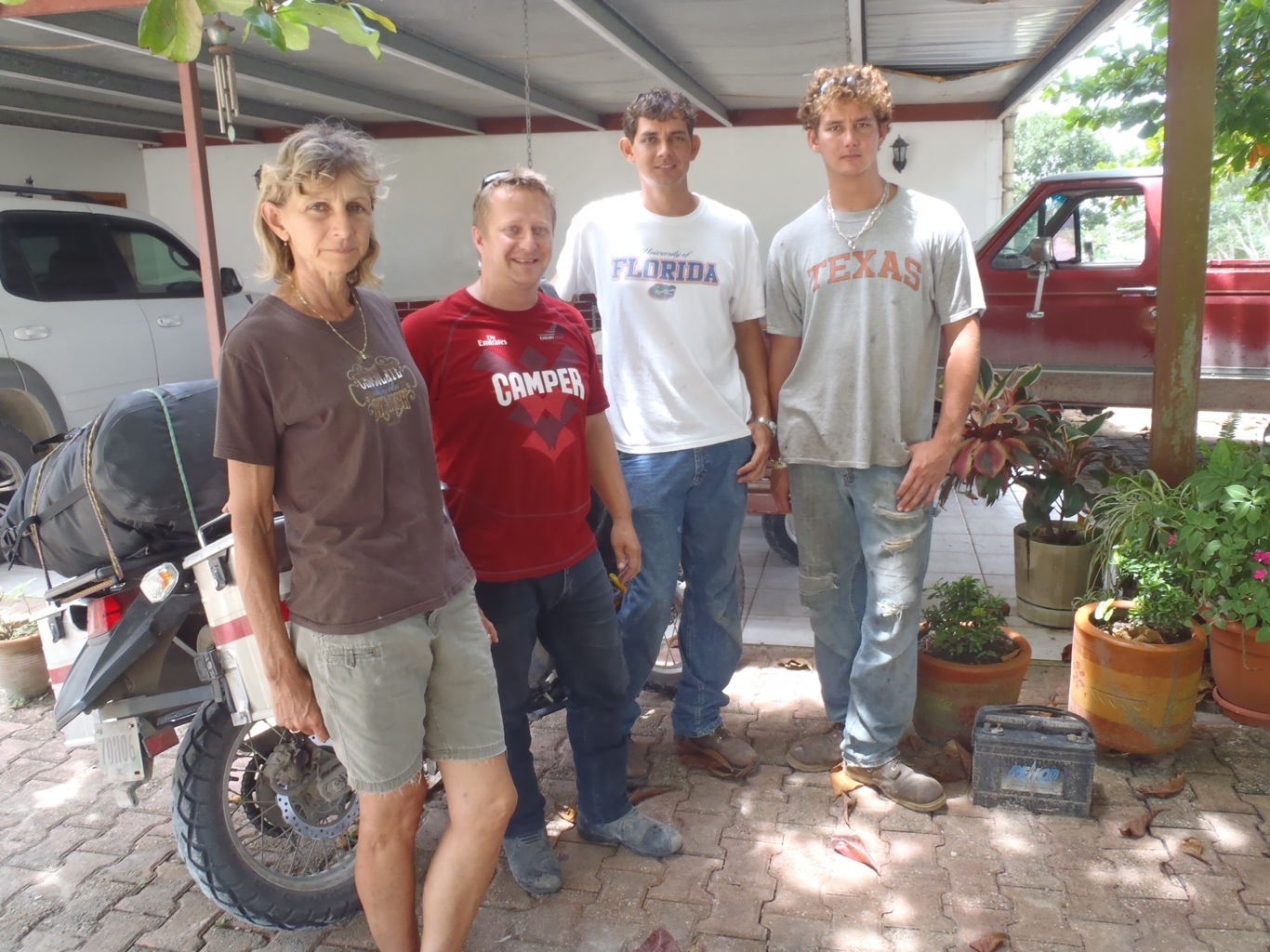Today I leave Spanish Lookout. It’s raining, and I have to drive across Belize. But Belize is pretty small, so no worries.
I arrived here on Monday, and one of my first stops was the home and farm of Klaas Friesen. They’re distant family, through a few different connections in the family tree, as is often the case with Mennonites. They offered me a bed in a sort of summer house that gives me plenty of space, and privacy, and I’ve been here ever since.
I’ve been pretty impressed with Spanish Lookout. When you’re driving through Belize this place stands out for it’s orderliness, nice homes, beautiful landscaping and obvious wealth. People have all been incredibly friendly, kind and welcoming. I’ve had some very interesting conversations that have helped me get a better picture of the place. Like Klaas’ story of being kidnapped and held for ransom by Belizian thugs. Safety is still a huge concern here, becoming worse every day, and the Mennonites have actually taken up arms against the thieves.
I spent a long evening with Clarence Dueck (also a relative? probably), who is one of three elected leaders in the community, in charge of roads, order, finances, making and upholding community rules, land purchases, etc. The colony runs like any small (2000 people) town, with its own taxes, highways, bank, stores, police, etc. It was also interesting to hear the leadership’s thoughts on issues such as racism, inclusion, financial planning, education and the future of Mennonite colonies such as his.
Spanish Lookout reminds me a lot of Manitoba Colony in northern Mexico. Large, rich, fairly progressive, independent, filled with very clever business people. I attended a meeting where they discussed the recent purchase and division of 29,000 acres of new land that needs to be broken. But it also has the same approach to education, which is to pull kids out of school at teens, or allow them to drop out. That’s worrying, as it results in the same thing in both colonies: racism, arrogance, narrow mindedness and a limited range of possibility.
I visited Barton Creek yesterday. It’s a nearby colony started in the 70s by a radical offshoot of Mennonites from Belize. No electricity, no paint on the houses, no phones, no engines of any sort, no glass windows, only farming and basic manufacturing allowed, everyone dressed the same in long shirts/dresses/beards. They allow no one to take pictures of them (they caught me trying to shoot video) One of the hot topics was whether using hydro power was a sin, just as electricity is to them. They won’t take a ride from a Mennonite from another colony (that would make that man sin) but they will accept a ride from a Belizian, as “they don’t know any better”. They are deeply ignorant, although they live a pretty good life. It reminded me of a poor village in Thailand or China, although these guys are not very poor. I find their theories a bit wacky, and their arrogance is only possible when combined with ignorance, but good for them if they’ve found a way to live that makes them happy.
Today I’ll take a break from the Mennonite story and meet up with Victoria again to ride to Belize City. We’ll leave our bikes there and take a ferry to Cay Caulker to go snorkeling. Then on Sunday I plan to go to the Blue Creek colony for a few days, and then we’re done with Belize. I broke my camera, and am waiting for replacement parts to arrive, so no photos.
;


 Follow
Follow
